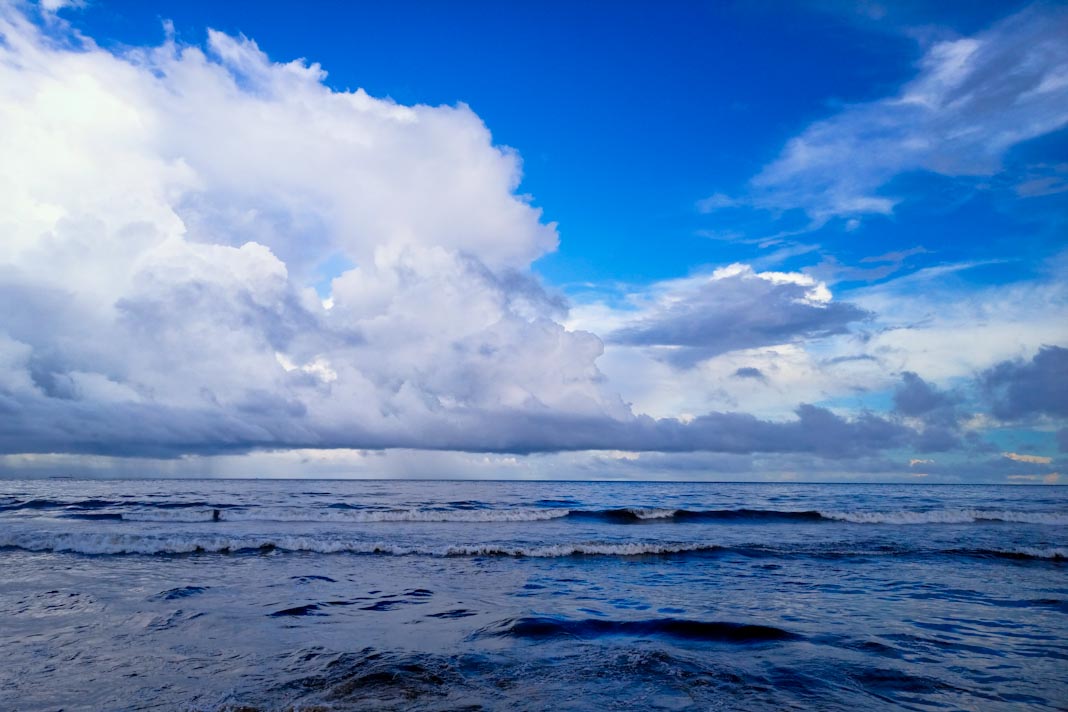 The EU Coastline Macro Litter Trend report reveals a significant drop in marine macro litter on the EU coastline, with a 29% reduction from the baseline period (2015-2016) to the assessment period (2020-2021).
The EU Coastline Macro Litter Trend report reveals a significant drop in marine macro litter on the EU coastline, with a 29% reduction from the baseline period (2015-2016) to the assessment period (2020-2021).
Key Findings
- Largest Reduction in the Baltic Sea: The Baltic Sea saw the most considerable drop, with a reduction of 45%.
- Mediterranean and Black Sea: Efforts here led to notable reductions in the absolute number of litter items found on beaches.
- Single-use Plastics: A 40% reduction in single-use plastics was achieved across EU coastlines.
- Fisheries-related Items: A reduction of 20% in fisheries-related litter was noted.
- Plastic Bags: 20% fewer plastic bags were reported in the coastline litter.
Challenges
While progress has been made, the median values of coastline marine macro litter still exceed the agreed threshold value of 20 items per 100 meters in many regions, with the European average at 203 items per 100 meters in 2020-2021.
Background on Marine Litter
Marine litter remains a global concern with adverse effects on ocean health, marine life, and human welfare. It also impacts industries such as tourism and fisheries. EU Member States monitor and track marine litter to support effective environmental policies.
EU Actions and Future Goals
The Marine Strategy Framework Directive (MSFD) aims to sustainably manage marine waters through 11 thematic Descriptors. Marine litter is addressed under Descriptor 10, and the EU has set a 50% reduction goal for plastic litter at sea by 2030.
The report also supports the EU Zero Pollution Action Plan, contributing to ongoing efforts for a clean European marine environment.
This report highlights the positive impact of collaborative efforts to reduce marine litter in Europe, but it also underscores the need for continued vigilance and action to meet the ambitious targets set by the EU’s Marine Strategy Framework Directive.
Did you subscribe to our daily Newsletter?
It’s Free Click here to Subscribe!
Source: EUROPEAN COMMISSION















